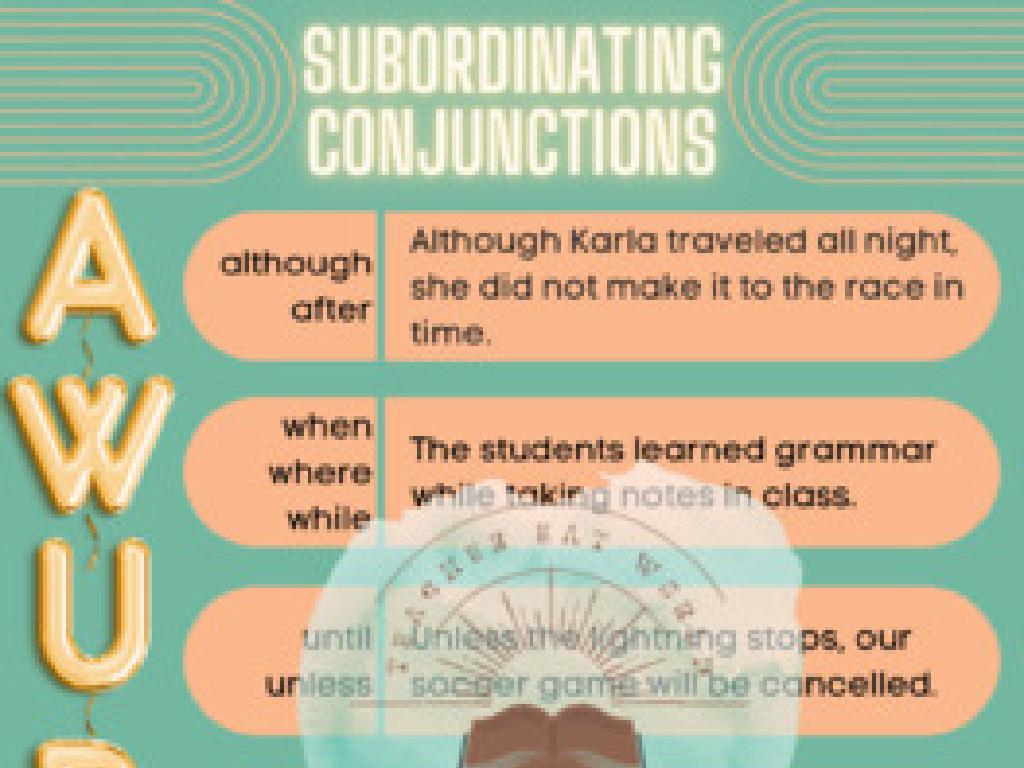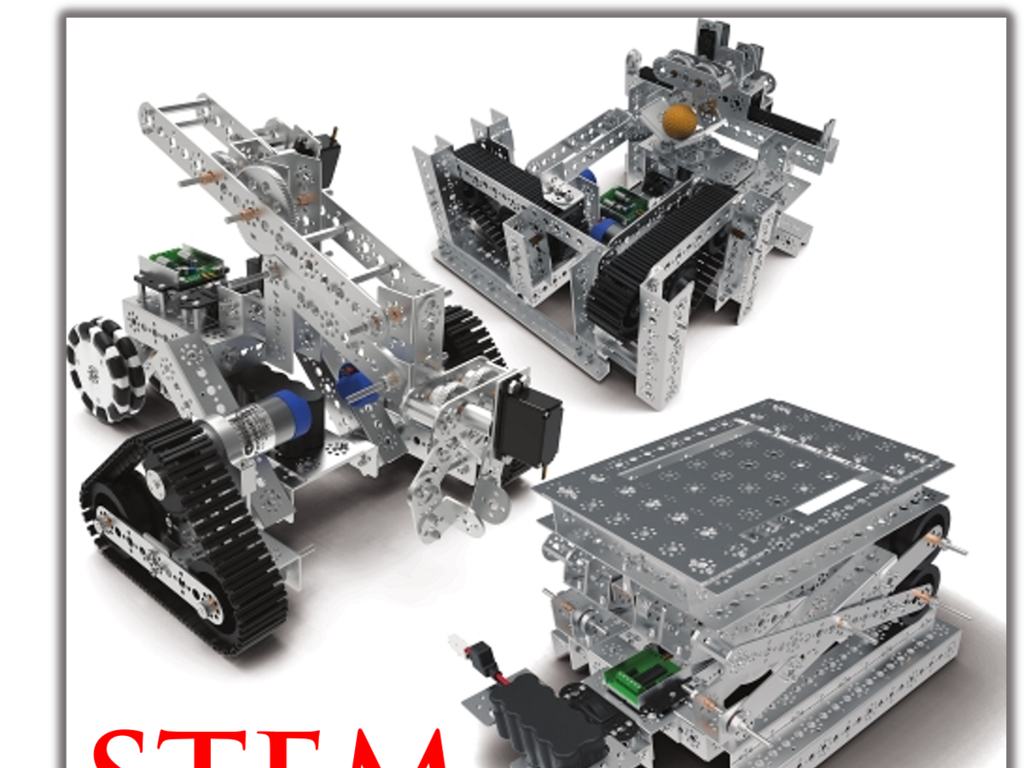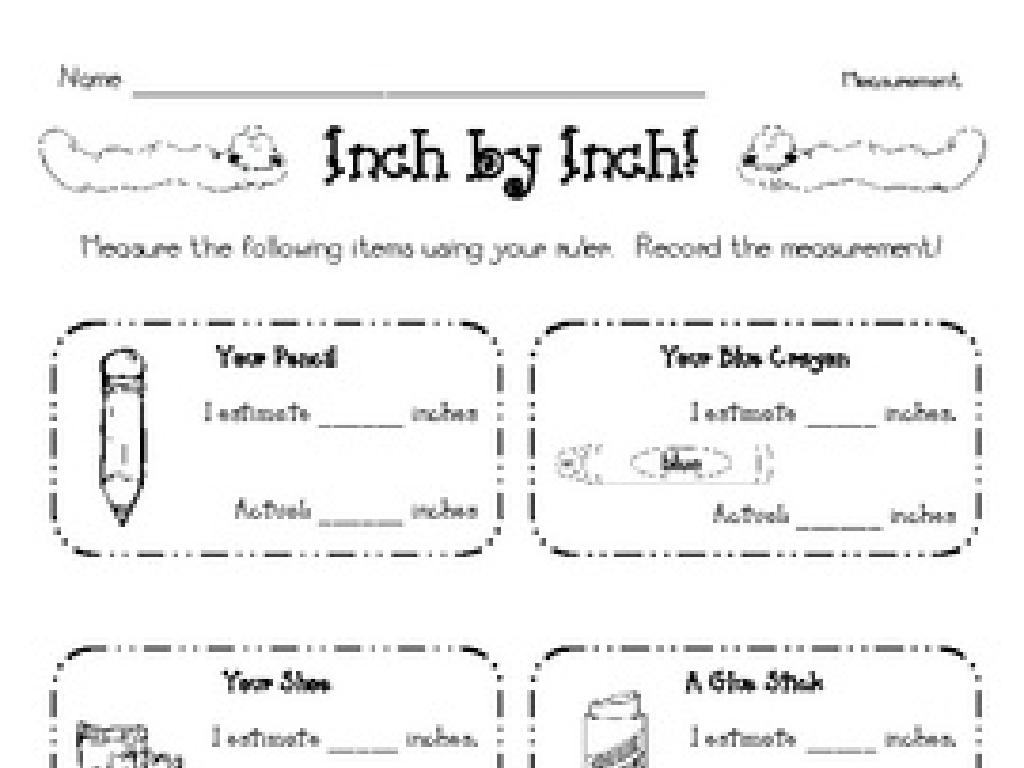Hands On Physics Activities
Subject: Science
Grade: High school
Topic: Physics
Please LOG IN to download the presentation. Access is available to registered users only.
View More Content
Welcome to Hands-On Physics!
– Dive into hands-on physics
– Value of practical experiments
– Experiments solidify theoretical concepts
– Today’s class activity overview
– List of experiments we’ll conduct
– Engage with physics actively
|
Today’s class is an introduction to the dynamic and interactive world of physics through hands-on activities. Students will understand the significance of practical experiments in reinforcing theoretical knowledge. The class will involve a series of engaging experiments that demonstrate core physics principles. Possible activities include constructing simple circuits, measuring gravitational acceleration using pendulums, and observing wave behavior in a ripple tank. Each activity is designed to encourage critical thinking and a deeper understanding of physical laws. The teacher should ensure that all safety protocols are followed and that students are supervised at all times during the experiments.
Understanding Physics Through Hands-On Activities
– Review key physics concepts
– Force, Motion, Energy, and Momentum
– Real-life application examples
– Physics in sports, vehicles, and technology
– Experimentation in physics
– Conduct experiments to observe concepts
– Enhancing concept comprehension
|
This slide aims to provide students with a clear understanding of fundamental physics concepts through hands-on activities. Begin with a brief review of force, motion, energy, and momentum to ensure that students recall the basic principles. Illustrate these concepts with real-life examples such as the forces involved in sports, the motion of vehicles, and energy transformations in technology. Emphasize the importance of experimentation in physics, allowing students to observe and understand these concepts in action. Encourage students to engage in experiments that demonstrate these principles, such as using a ramp to explore motion and force or creating simple machines to understand energy and momentum. The goal is to solidify their comprehension through interactive learning experiences.
Experiment 1: Newton’s Third Law
– Overview of Newton’s Laws
– Newton’s Laws describe motion and forces
– Balloon rocket activity
– Inflate balloons and release to see them propel
– Observe action-reaction forces
– Notice how balloons move opposite to the air flow
– Relate observations to Newton’s Third Law
– Discuss how the activity demonstrates the law
|
This slide introduces students to Newton’s Laws of Motion, with a focus on the third law: For every action, there is an equal and opposite reaction. The hands-on balloon rocket activity is designed to provide a practical demonstration of this law. Students will inflate balloons and release them, observing how they propel in the opposite direction of the escaping air, which serves as the action force. The reaction force is the movement of the balloon. Encourage students to discuss their observations and understand how the activity exemplifies Newton’s Third Law. This will help solidify their grasp of the concepts through experiential learning.
Experiment 2: Conservation of Energy
– Principle of energy conservation
– Energy in a closed system is not lost but transformed, e.g., kinetic to potential.
– Build simple pendulums
– Use string and weights to create pendulums and witness energy changes.
– Observe energy transformation
– Watch the pendulum swing and note kinetic and potential energy shifts.
– Analyze results in a closed system
– Discuss how the pendulum’s motion illustrates energy conservation.
|
This slide introduces the principle of Conservation of Energy and guides students through a hands-on activity to build simple pendulums. The objective is to observe the transformation of kinetic energy to potential energy and vice versa. Students will analyze how, in the absence of external forces, the total energy within a closed system remains constant, demonstrating the law of conservation of energy. For the activity, provide various lengths of string and different weights to see how these factors affect the pendulum’s motion. Encourage students to measure the height and speed of the pendulum at various points to connect the concepts of potential and kinetic energy quantitatively. Possible activities include varying the mass of the pendulum bob, the length of the string, or the initial angle to explore different aspects of energy conservation.
Experiment 3: Exploring Electromagnetism
– Understand electromagnetism basics
– Electromagnetism involves electric currents producing magnetic fields.
– Build a simple electromagnet
– Using a battery, coiled wire, and a nail, we can create an electromagnet.
– Discuss electromagnetism in daily life
– Examples: MRI machines, doorbells, and electric motors.
– Reflect on the activity’s outcome
– What did we learn? How can we apply this knowledge?
|
This slide introduces students to the concept of electromagnetism and its practical applications. The hands-on activity involves creating an electromagnet using a battery, a nail, and wire, which demonstrates the principles of electromagnetism in a tangible way. Encourage students to think about how electromagnetism is used in everyday objects and devices. After the activity, lead a discussion on how the experiment worked and the broader implications of electromagnetism in technology and industry. Provide guidance on safety and correct handling of materials during the experiment. Suggest students to document their process and results for a deeper understanding.
Experiment 4: Exploring Wave Properties
– Understand wave characteristics
– Frequency, wavelength, and amplitude are key properties of waves.
– Visualize waves with a slinky
– Use a slinky or ripple tank to see how waves move and change.
– Relate waves to sound and light
– Sound waves travel through air, light waves through space.
– Discuss real-world wave applications
– Waves are everywhere: oceans, earthquakes, and even cell phones.
|
This slide introduces students to the fundamental properties of waves and provides a hands-on activity to visualize these concepts. The activity involves using a slinky or ripple tank to demonstrate frequency, wavelength, and amplitude. Students should be encouraged to make observations and relate these properties to real-world phenomena such as sound and light. Discuss how waves are integral to many aspects of daily life and technology. For the hands-on activity, prepare a set of slinkies or a ripple tank, and guide students through experiments to create and observe different types of waves. Encourage them to adjust the frequency and amplitude and observe the effects. This will help them understand how waves behave in different mediums and contexts.
Class Activity: Physics Scavenger Hunt
– Apply physics concepts around school
– Teamwork to find physics in action
– Work in groups, observe and note where physics is at play
– Share and discuss findings
– Each team presents an example they found
– Understand real-world physics applications
– Discuss how these examples illustrate the physics principles
|
This activity is designed to help students apply the physics concepts they’ve learned in a practical, real-world context. Divide the class into small teams and have them explore the school to find examples of physics principles, such as Newton’s laws of motion, energy conservation, or simple machines. Encourage them to take notes or pictures of their findings. After the hunt, each team will share their examples with the class and discuss the physics concepts behind them. This will not only reinforce their understanding but also improve their communication and teamwork skills. Possible examples students might find include a seesaw demonstrating levers, a ramp showing inclined plane mechanics, or a swinging pendulum illustrating harmonic motion.
Conclusion: The Value of Hands-On Physics
– Recap today’s experiments
– Reflect on hands-on learning
– How does doing help us learn better?
– Understand key physics concepts
– Grasp of Newton’s laws, energy, momentum
– Engage in Q&A session
– Ask questions, get clarifications, stay curious
|
As we conclude today’s class, it’s important to review the experiments conducted and the physics principles they demonstrated. Encourage students to think about how hands-on activities have enhanced their understanding of complex concepts. Reflection is key to solidifying knowledge, so prompt them to consider the benefits of experiential learning. Finally, open the floor for a Q&A session, fostering an environment where curiosity is rewarded and doubts are addressed. This will help ensure that students leave the class with a clear understanding and a deeper interest in physics.






